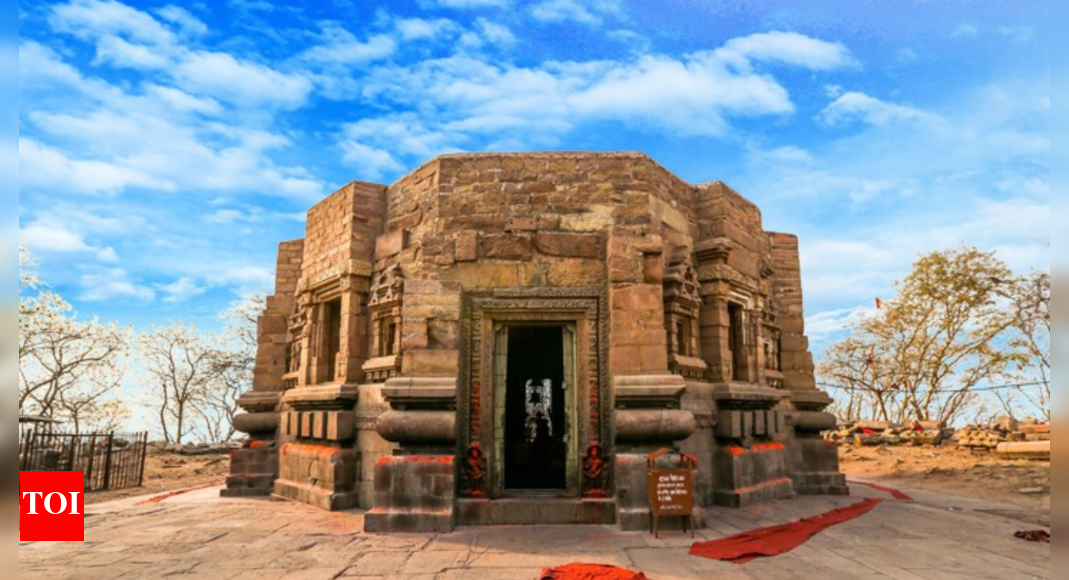Sikh community leaders in Pakistan urged the Indian government to lift a ban recently imposed on pilgrims travelling to Pakistan to visit the shrine of Guru Nanak, the founder of their faith. They said the move violates international norms and moral values.
The appeal came from Mahesh Singh, vice-president of the Pakistan Sikh Gurdwara Parbandhak Committee, the official body that manages Sikh shrines in Pakistan.
His remarks followed the government’s September 12 decision to deny permission for Sikhs to cross into Pakistan for Guru Nanak’s birth anniversary, citing security concerns. There was no immediate comment from the government.
Though a ceasefire between India and Pakistan has held since the conflict in May, travel between the countries remains heavily restricted.
Pilgrims welcome: Pakistan officials
Despite the strained ties, Pakistani officials say Sikh and other religious pilgrims from India are still welcome to visit shrines in Pakistan under existing arrangements. Many of Sikhism’s holiest sites ended up in Pakistan after the partition of British India in 1947.
The Gurdwara Darbar Sahib, a shrine of Guru Nanak Dev, is submerged after torrential rains, in Kartarpur, in Narowal district, Pakistan, on August 27, 2025.
| Photo Credit:
AP
But Pakistani officials said they were still making arrangements to facilitate Indian pilgrims at the Kartarpur shrine, which is located in eastern Punjab’s recently flood-hit Narowal district, about 4.5 km from the border.
The shrine is considered the second-holiest site in Sikhism.
The Kartarpur Corridor, inaugurated in 2019, created a visa-free border crossing for Sikh pilgrims from India, allowing thousands to visit the shrine daily. The shrine and surrounding villages were inundated last month when heavy rains and water released from overflowing Indian dams caused flooding across Narowal, affecting more than 100,000 people.
At one point, water stood 20 feet (6 meters) deep inside the shrine.
Punjab’s Chief Minister Maryam Nawaz Sharif ordered the water to be drained and the site restored, and the shrine reopened for worship and visits within a week.
Arrangements made
Pakistani official Ghulam Mohiuddin said arrangements for lodging and food were being finalised for Sikh pilgrims travelling from India and abroad. He said if New Delhi lifts its ban, a record number of Indian Sikhs could visit Kartarpur this year.
ALSO READ | Field and fraternity: On the India-Pakistan Asia Cup match
Mr. Singh said thousands of Sikhs from India had hoped to take part in November’s weeklong celebration marking 556 years since Guru Nanak’s birth. He said Pakistan’s government has assured the committee that “the doors of Pakistan are open for Indian Sikh pilgrims,” and that visas would be granted through Pakistan’s high commission in New Delhi.
Another Sikh leader, Gyani Harpreet Singh, questioned the Indian government’s decision on X, noting that if India and Pakistan can play cricket matches, Sikhs should also be allowed to visit Pakistan for religious observances.
He appealed to New Delhi “not to play with the emotions of Sikhs.”

























